“Coney Island: Visions of an American Dreamland” comes to Brooklyn Museum
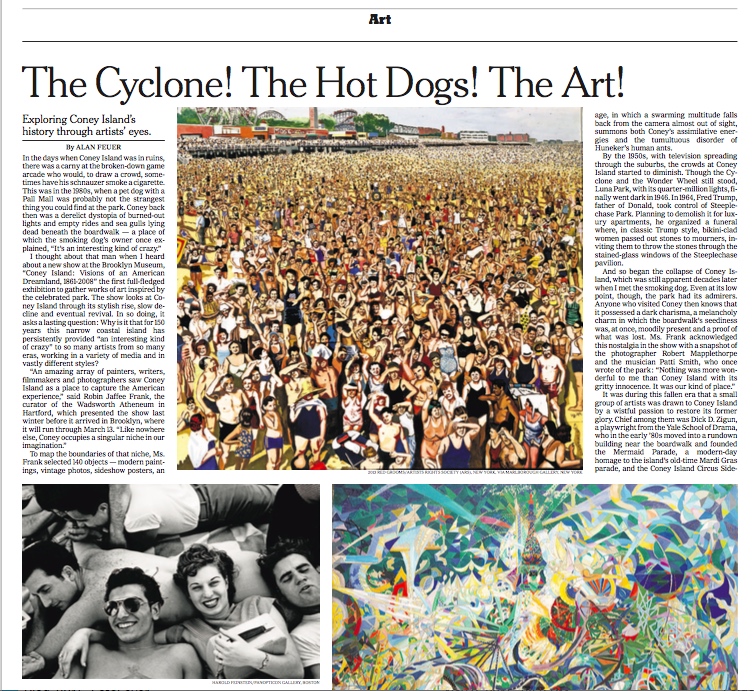
Harold had wanted to put out a blog post about the Wadsworth Museum’s Coney Island: Visions of an American Dreamland when it first opened last January, but was unable to at that time. So, when I saw his photograph Teenagers on the beach, (1949) in the New York Times article about the show on Sunday, November 22nd, I was prompted to share more.
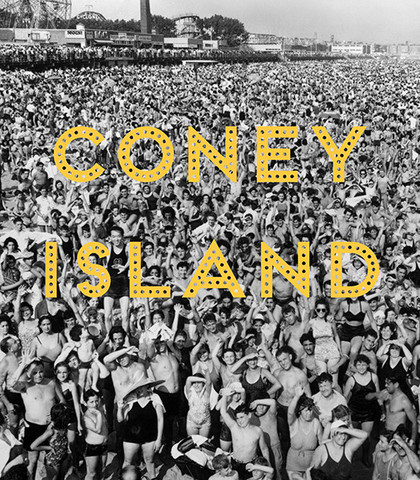
The Wadsworth show is curated by Dr. Robin Jaffe, Chief Curator and Krieble Curator of American Paintings and Sculpture at the Wadsworth and represents the “first major exhibition to use visual art as a lens to explore the lure that Coney Island exerted on American culture over a period of 150 years” (from the exhibition website). It consists of over 140 objects including paintings, drawings, photographs, prints, posters, architectural artifacts, and carousel animals. The national tour includes the current show at the Brooklyn Museum from November 20th through March 13th.
Last spring we received an email and photo from American Photo Archive Group founder, Mary Engel, who was attending the symposium accompanying the exhibition on Februaryh 28th. Entitled Coney Island: Intersection of Art and Identity, the symposium consisted of three themes: Nightmares and fantasies: Painting Coney Island; Race and identity at Coney Island; and, Coney Island on the silver screen. Harold’s photography Man and his daughters at side-show (1949) was discussed as part of the panel on race and identity. Information on the panel can be found here.
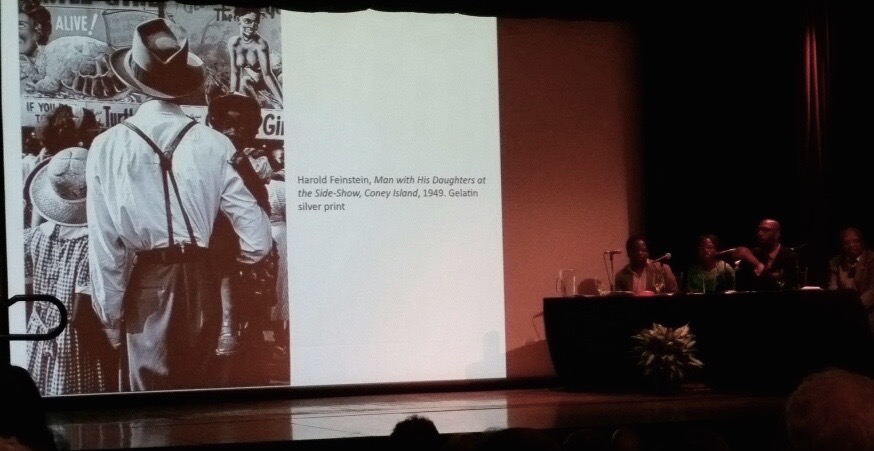
Here’s the curator’s commentary accompanying this image:
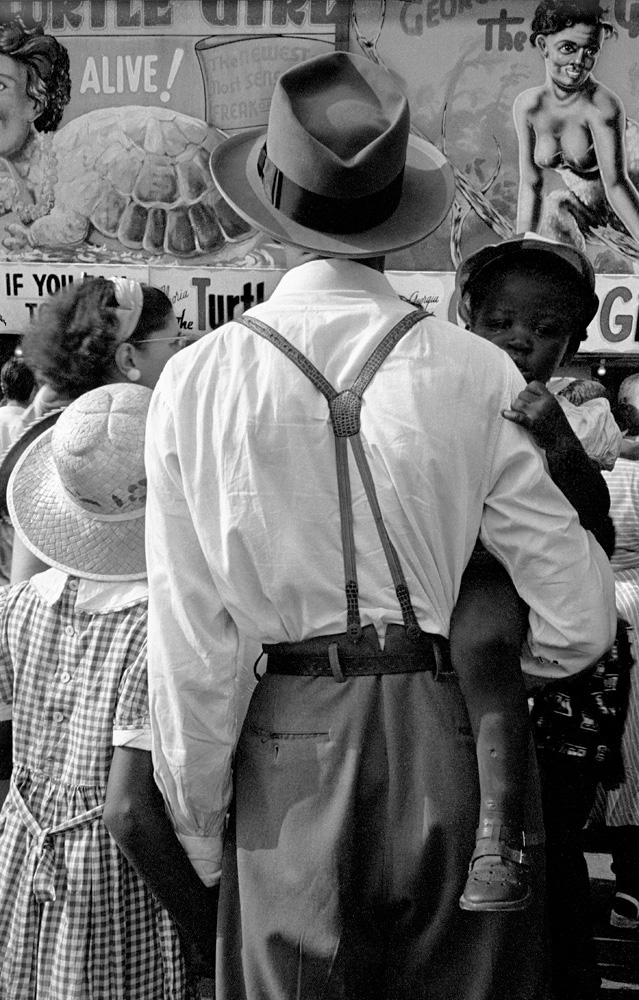
“As a great chronicler of the extraordinary place, Feinstein’s photographs provide a vital record of its changing demographics over time. In Man with His Daughters at Side-Show, Coney Island, a tender family moment is juxtaposed with an eye-catching banner advertising the “Turtle Girl,” an African-American sideshow performer named Alsoria who was born with a peculiar condition. The boy language of the American American father and his daughters conveys the intensity of their bond to one another, and of the unseen gazes of the father and older child who stare at the banner. The family is linked together beautifully by their intertwined arms. The standing child is visually linked to the ‘human oddity’ through the uncanny resemblance of her hat to that of the turtle shell. Her younger sister stares not at the ‘freaks’ being advertised but instead at the viewer.
The photograph explores voyeurism and exhibitionism, and reveals how Coney Island served as a laboratory for social experimentation, addressing issues of class, race, and the relationships between spectators and performers.
When Harold read this description he said: “Who knew? I just thought it was a great moment, and it has always been one of my favorite photographs. Never thought about all the other implications. It’s always great to hear what people see in a photograph that you never considered before!”
Here are a few of the other iconic photographs in the exhibition from other photographers.
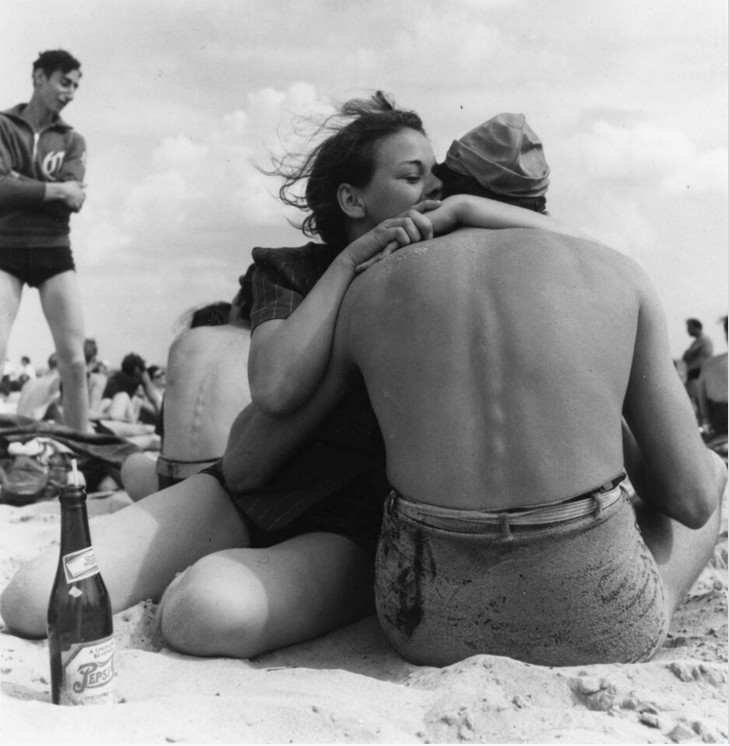
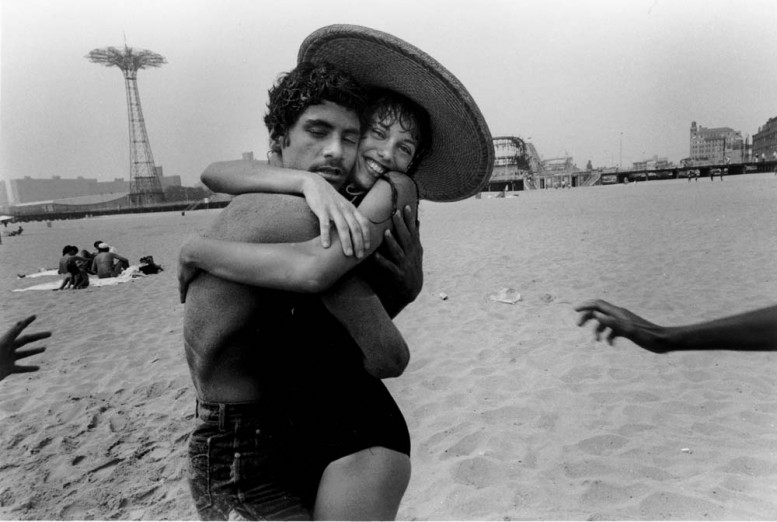
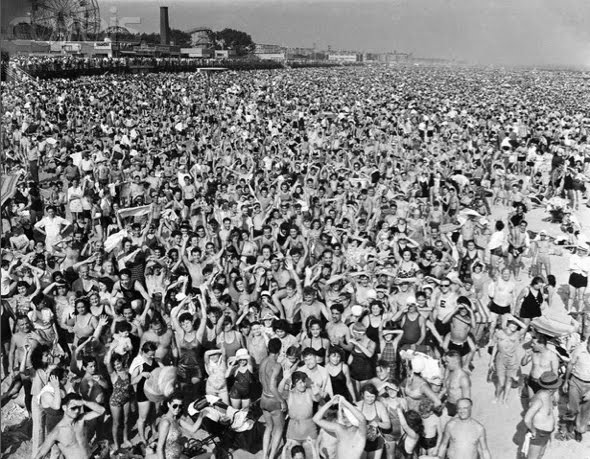
In addition to the Wadsworth exhibition at the Brooklyn Museum, the Valentine Museum, a small private museum in Brooklyn, put together another Coney Island show, curated by Brooklyn based photographer Larry Racippio. That show has this dedication:
“This exhibit is dedicated to Brooklyn’s own Harold Feinstein (1931-2015), Coney Island lover and photographer supreme.”
I’m sure Harold is smiling wherever he is.
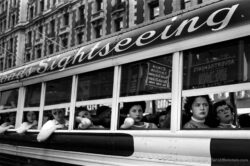
I am so enjoying the continually widening appreciation of Harold’s work, and of Coney Island, that you are are so adeptly chronicling, Judith!